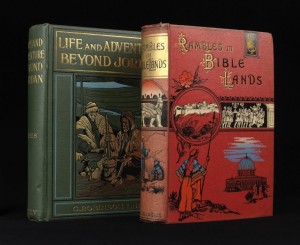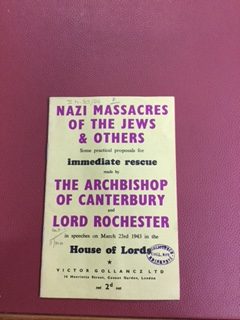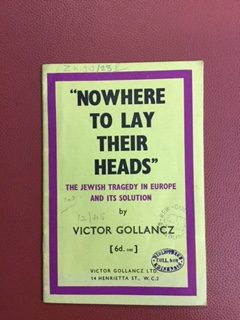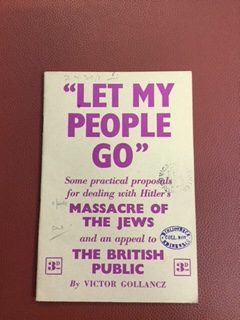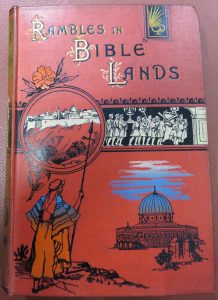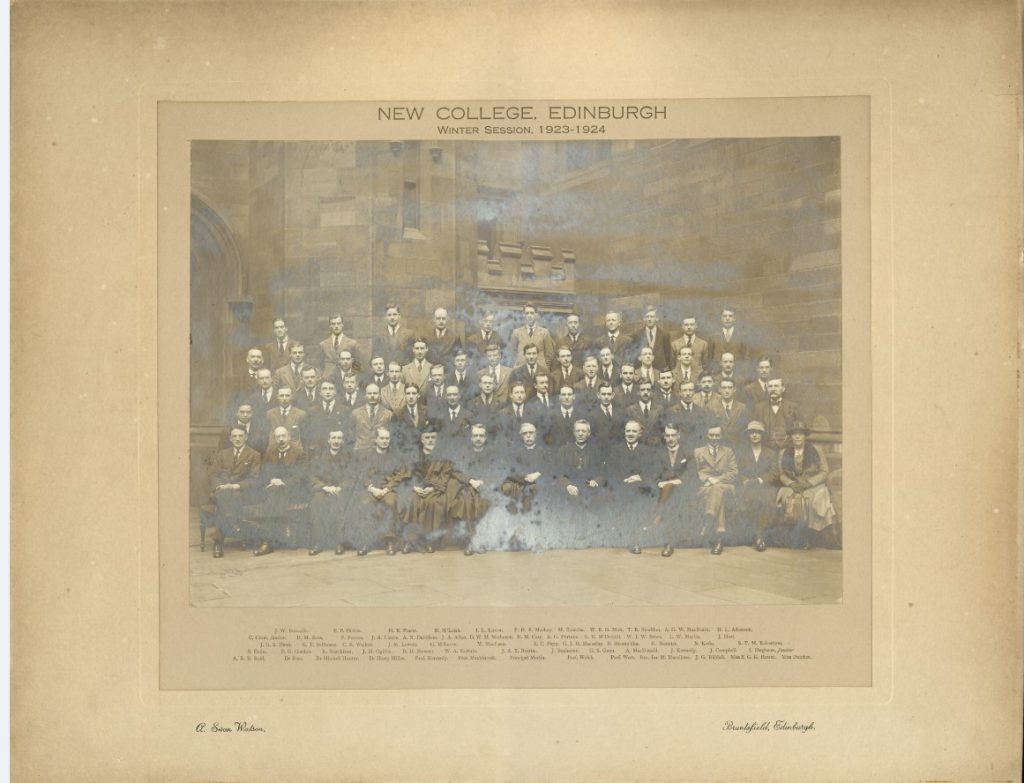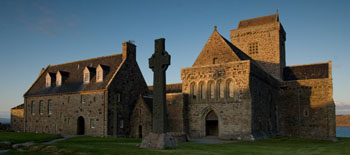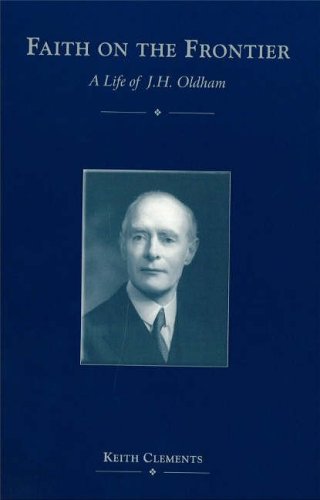
It all began with The Disruption. Not 2020’s lockdown but The Disruption of 1843 when ministers and elders left the Church of Scotland to set up the Free Church of Scotland. They started from scratch creating churches, manses, schools and a place to train and educate the new Free Church ministers: the New College. In June 1846 Rev Dr Thomas Chalmers, one of the leaders of The Disruption and New College’s first Principal laid the foundation stone.
To celebrate a remarkable 175 years, the School of Divinity planned an array of events including conferences, reunions, re-enactments and an online exhibition, much of which required access to the New College archives. Unfortunately research and planning coincided with the closure of New College Library for essential works so staff facilitated access to the archives at the Centre for Research Collections (CRC) instead: that was until the coronavirus lockdown which was quickly dubbed ‘the third Disruption’.
Throughout 2020, conversations continued with the School of Divinity team researching, planning and designing the online exhibition, with the Digital Imaging Unit, and with staff physically in the CRC. This allowed items to be selected for digitisation and incorporation into the 21st century telling of New College’s story: how a Capital landmark came to be; mischievous students helpers in the 1890s; one class’s 50 years of reunion memories; records of WWII air raids; changes to the campus; changes in diversity, and more.
Thanks are due to all the CAHSS, L&UC and USD staff who collaborated so well in such trying times to produce a fascinating exhibition.
Lose yourself in the online exhibition featuring remarkable historic photographs: https://exhibition.div.ed.ac.uk/
Follow the celebrations and join in: https://www.ed.ac.uk/divinity/news-events/new-college-175 :: https://twitter.com/uoedivinity :: #NewCollege175
Kirsty M Stewart, New College Collections Curator
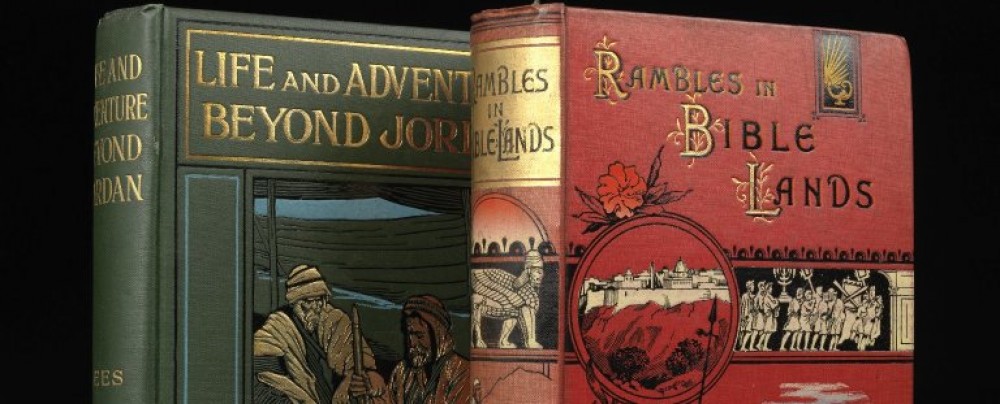
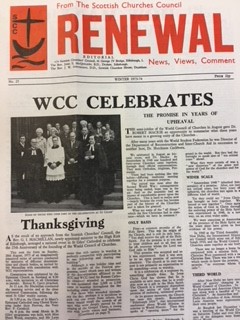
 Visitors to New College Library can’t fail to be impressed by the beautiful stained glass windows which surround the Library Hall. These windows were the gift of Miss Grace Warrack, who worked with the prominent stained glass artist Douglas Strachan to design the windows over a twenty year period.
Visitors to New College Library can’t fail to be impressed by the beautiful stained glass windows which surround the Library Hall. These windows were the gift of Miss Grace Warrack, who worked with the prominent stained glass artist Douglas Strachan to design the windows over a twenty year period.  A guest post by Eleanor Rideout, IS Helpdesk Assistant
A guest post by Eleanor Rideout, IS Helpdesk Assistant
